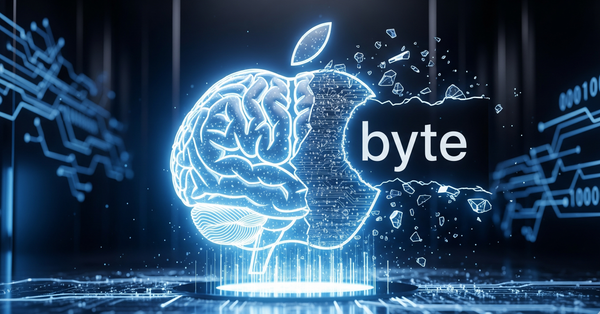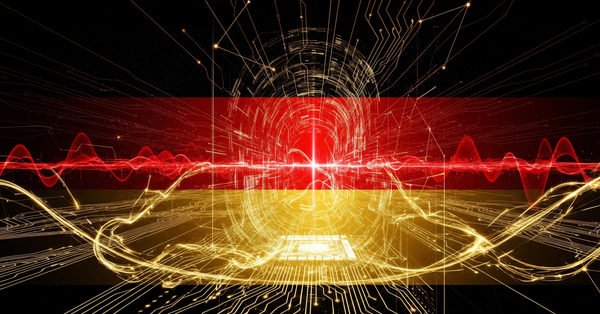The Sodium-Ion Battery Revolution: Rapid Charging for a Sustainable Future
The KAIST researchers have reported that their hybrid sodium-ion battery can achieve an impressive energy density of 247 Wh/kg and a power density of 34,748 W/kg.
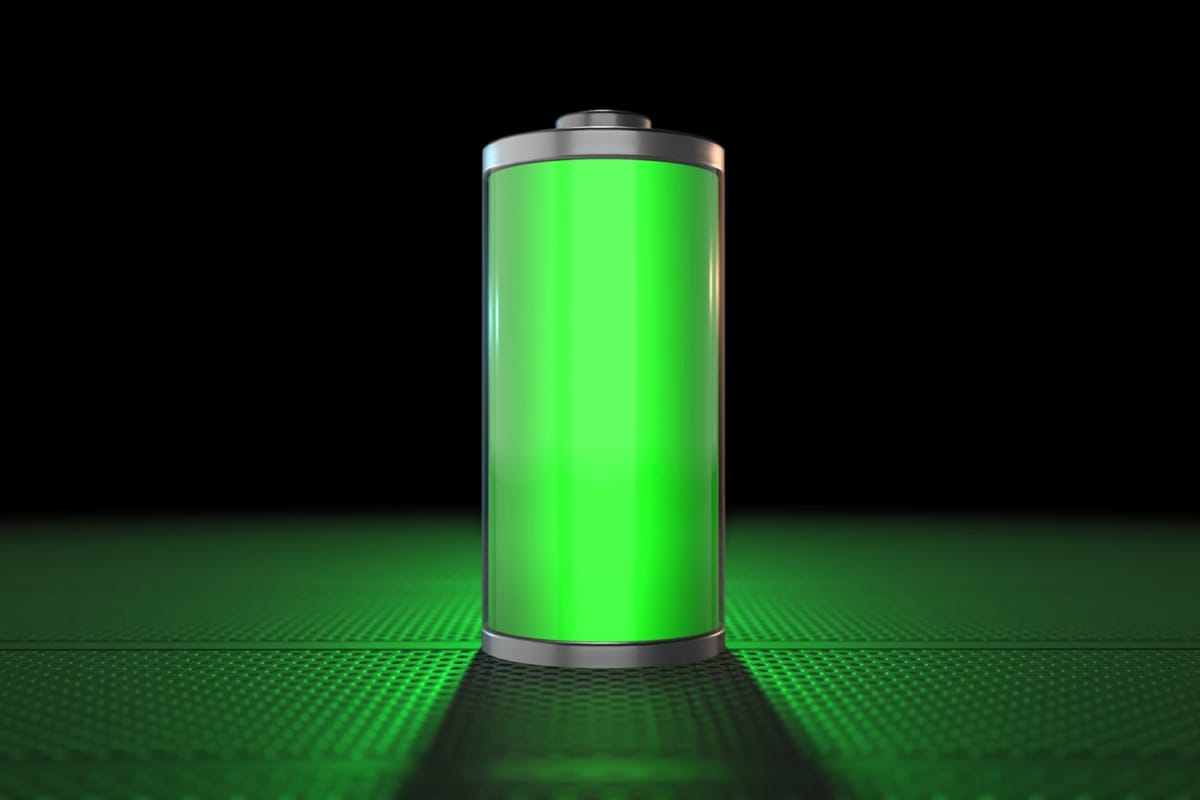
In the ever-evolving landscape of energy storage technology, a groundbreaking development has emerged from the laboratories of the Korea Advanced Institute of Science and Technology (KAIST). Researchers have successfully created a high-energy, high-power hybrid sodium-ion battery that can be charged rapidly, marking a significant milestone in the quest for more efficient and sustainable energy solutions. This innovative battery technology has the potential to revolutionize various industries, from electric vehicles to portable electronic devices, offering a cost-effective and environmentally friendly alternative to traditional lithium-ion batteries.
The Limitations of Lithium-Ion Batteries
Lithium-ion batteries have long been the go-to choice for energy storage in a wide range of applications, thanks to their high energy density and relatively long lifespan. However, the increasing demand for these batteries, coupled with the limited global supply of lithium, has led to concerns about their long-term sustainability and cost-effectiveness. Additionally, lithium-ion batteries have faced challenges in terms of safety, with incidents of overheating and even explosions making headlines in recent years.
Moreover, the charging time of lithium-ion batteries has been a significant drawback, particularly in the context of electric vehicles. While the range of electric cars has improved considerably over the years, the time required to recharge these vehicles has remained a barrier to widespread adoption. Consumers are often hesitant to switch to electric vehicles due to the inconvenience of long charging times, which can take several hours compared to the few minutes required to refuel a conventional gas-powered car.

The Promise of Sodium-Ion Batteries
Sodium-ion batteries have emerged as a promising alternative to lithium-ion batteries, offering several key advantages. Firstly, sodium is abundantly available, making it a more sustainable and cost-effective option compared to lithium. Sodium-ion batteries also have a lower environmental impact, as the extraction and processing of sodium are less energy-intensive and have a smaller carbon footprint compared to lithium.
However, sodium-ion batteries have traditionally faced challenges in terms of energy density and power output, limiting their practical applications. Additionally, the charging times of sodium-ion batteries have been longer compared to lithium-ion batteries, further hindering their widespread adoption.
The Breakthrough: KAIST's High-Energy, High-Power Hybrid Sodium-Ion Battery
The research team at KAIST, led by Professor Jong-Sung Yu, has developed a groundbreaking sodium-ion battery that addresses the limitations of previous designs. By combining anode materials typically used in batteries with cathodes suitable for supercapacitors, the researchers have created a hybrid device that achieves both high storage capacities and rapid charge-discharge rates.
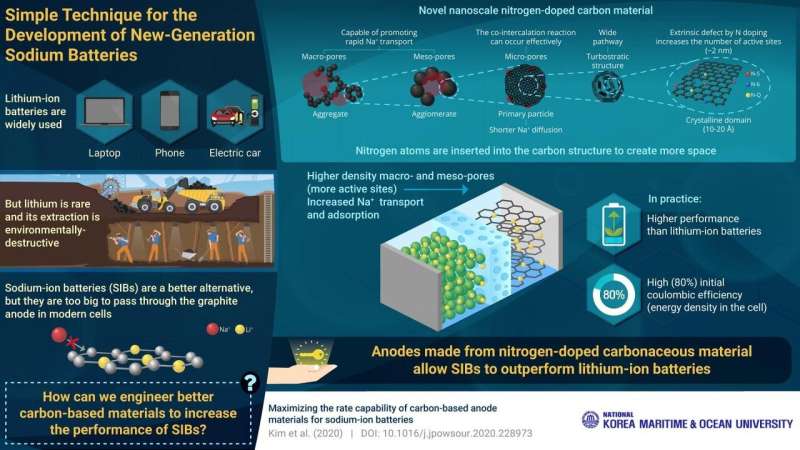
The key to this breakthrough lies in the innovative materials used in the battery's construction. The anode is made from a low-crystallinity conductive multivalence iron sulfide, embedded in sulfur-doped porous carbon, while the cathode features a high-surface-area oxygen-doped material. This unique combination enhances the kinetics of the battery, enabling it to charge rapidly while maintaining a high energy density.
The KAIST researchers have reported that their hybrid sodium-ion battery can achieve an impressive energy density of 247 Wh/kg and a power density of 34,748 W/kg. To put these numbers into perspective, the energy density is comparable to that of current lithium-ion batteries, while the power density is significantly higher, allowing for much faster charging times.
Potential Applications and Impact
The implications of this breakthrough in sodium-ion battery technology are far-reaching and have the potential to transform various industries. One of the most significant applications is in the field of electric vehicles, where the rapid charging capability of these batteries could dramatically reduce the time required to recharge an electric car. With charging times potentially reduced to just a few seconds, the adoption of electric vehicles could become much more appealing to consumers, leading to a significant reduction in greenhouse gas emissions from the transportation sector.
In the realm of portable electronic devices, such as smartphones and laptops, the high-energy, high-power hybrid sodium-ion battery could also have a profound impact. These devices could spend much less time tethered to chargers, enhancing their portability and convenience. Additionally, the cost-effectiveness of sodium-ion batteries could lead to more affordable electronic devices, making them accessible to a wider range of consumers.
The potential applications of this technology extend beyond consumer electronics and electric vehicles. The aerospace industry, for example, could benefit from the high-power, lightweight nature of these batteries, enabling the development of more efficient and sustainable aircraft. In the renewable energy sector, sodium-ion batteries could play a crucial role in storing energy generated from intermittent sources like solar and wind power, helping to balance the grid and ensure a stable energy supply.
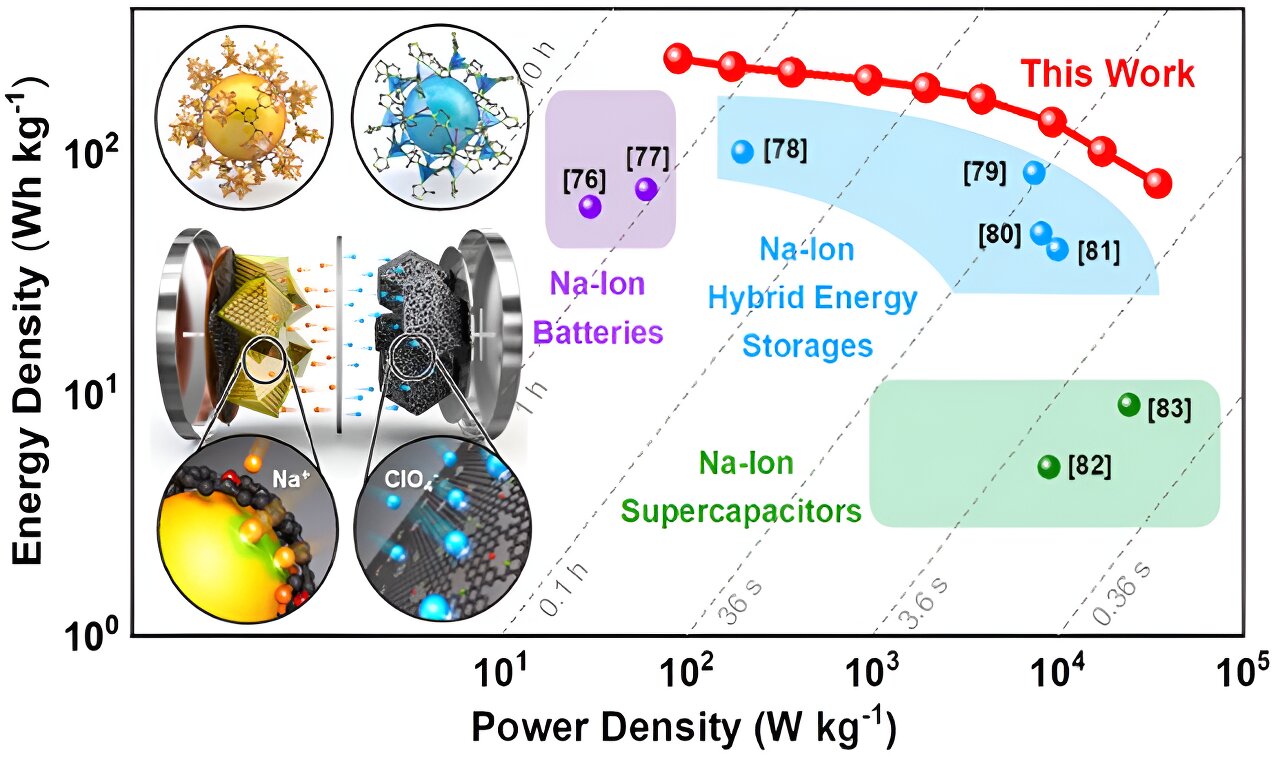
Challenges and Future Directions
While the development of the high-energy, high-power hybrid sodium-ion battery by KAIST researchers represents a significant breakthrough, there are still challenges to be addressed before this technology can be widely implemented. One of the primary concerns is the long-term stability and cyclability of these batteries. Further research is needed to ensure that the performance of these batteries remains consistent over numerous charge-discharge cycles and extended periods of use.
Another challenge lies in the scaling up of this technology for mass production. The materials and manufacturing processes used in the creation of these hybrid sodium-ion batteries must be optimized for large-scale production to ensure their cost-effectiveness and widespread availability. Collaboration between researchers, industry partners, and policymakers will be essential to overcoming these challenges and bringing this groundbreaking technology to market.
Future research directions in the field of sodium-ion batteries may focus on further improving the energy density and power output of these devices, as well as exploring new materials and designs that can enhance their performance and sustainability. Additionally, research into the recycling and disposal of sodium-ion batteries will be crucial to ensure their environmental impact remains minimal throughout their lifecycle.
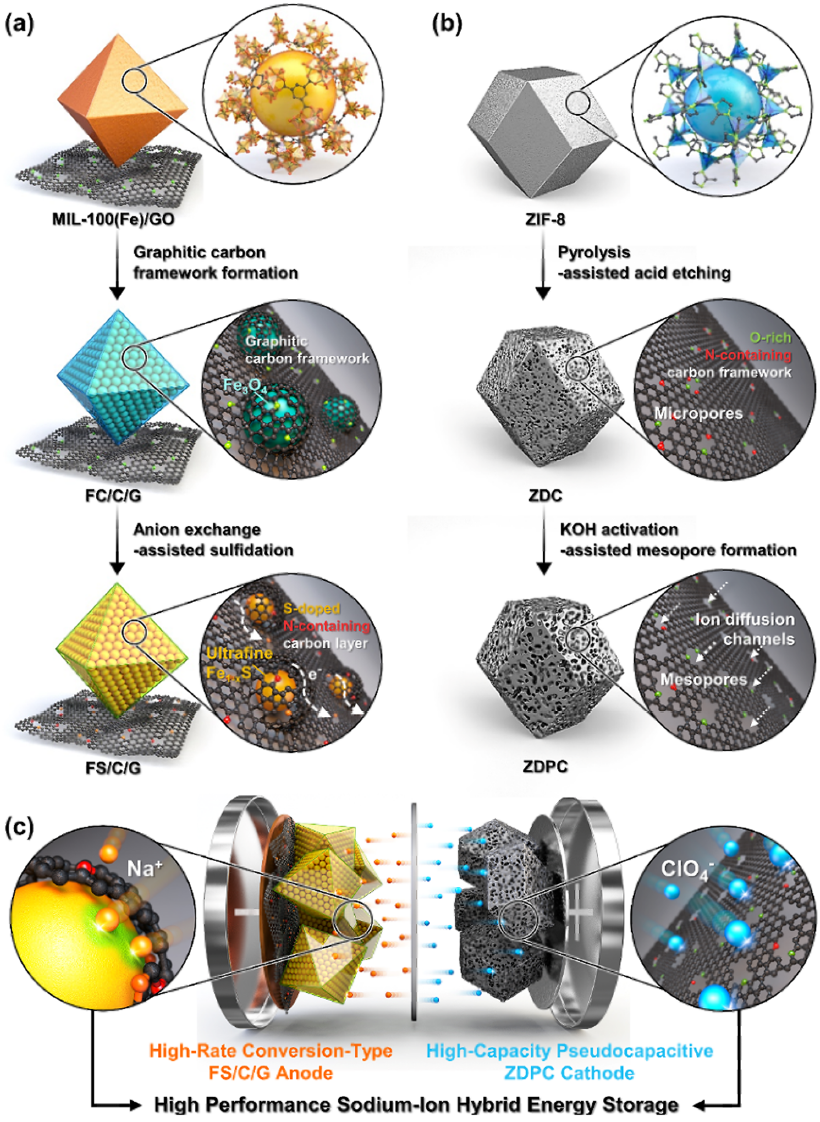
Conclusion: Research And Development Are Addressing Previous Limitations
The development of the high-energy, high-power hybrid sodium-ion battery by KAIST researchers marks a significant milestone in the quest for sustainable and efficient energy storage solutions. By addressing the limitations of previous sodium-ion battery designs and achieving rapid charging capabilities, this breakthrough technology has the potential to revolutionize various industries, from electric vehicles to portable electronics and beyond.
As the world continues to grapple with the challenges of climate change and the need for cleaner energy sources, innovations like the hybrid sodium-ion battery offer hope for a more sustainable future. With further research, development, and collaboration among stakeholders, this technology could play a crucial role in the transition to a low-carbon economy, reducing our dependence on fossil fuels and paving the way for a greener, more resilient world.

